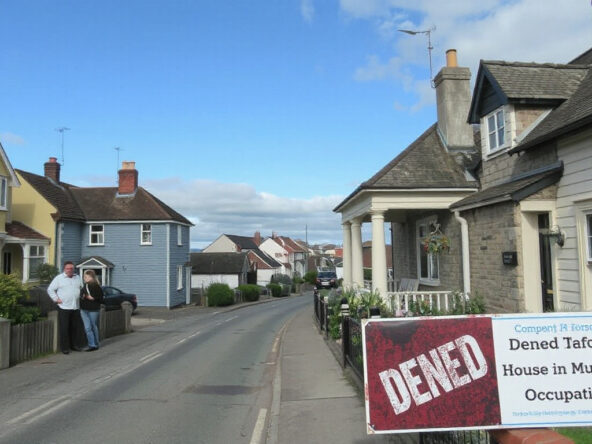Understanding Council Tax on Second Homes: What Property Investors Need to Know
Property investment changes fast. Investors in second homes must get set for changes in council tax rules. From April 2025, English local councils will raise council tax on second homes. Many councils in Scotland and Wales already did this. Investors in Houses in Multiple Occupation (HMO) must listen close as these changes may affect their plans.
New Regulations and Possible Costs
In early 2024, lawmakers gave local councils the right to add a tax premium on second homes that are not a main residence. Many investors now ask how this extra tax will affect their cost plans. For those with a second home, the annual tax bill may jump from about £2,171 to around £4,342. This rule aims to help fix housing shortages in popular areas. Over 150 councils, especially in places like Cornwall and the Lake District, want to use this rule. Studies show that the extra tax may bring in over £100 million each year for councils (Local Government Chronicle).
How to Prepare
Investors must check if their local council has signed up for the new charges. Many councils, such as those in Bath, East Devon, and North Yorkshire, have already chosen the premium. To find out which local council covers your property, enter your postcode on the UK Government website.
Classifications of Second Homes
A second home usually is a furnished property that is not your main living place. Sometimes, it is hard to tell if a property fits this view. In some cases, even a small wooden hut faced a doubled tax rate. This shows that rules can be unclear (BBC News). If your council tax bill seems wrong, call your local council and the Valuation Office Agency. Visit the Government website for help.
Impact on Different Property Types
Council tax does not work the same for every property type. Here are some examples:
-
Buy-to-let Properties:
Owners of buy-to-let homes usually do not pay council tax. Tenants pay that tax. But if the home is a House in Multiple Occupation (HMO) that rents rooms, the owner must pay the tax. -
Empty Homes:
Empty properties may get an extra charge if they stay empty for a long time. Homes empty for over a year can add between 100% and 300% to the tax, based on the vacancy length. -
Holiday Lets:
Homes used as holiday lets may not pay council tax if they meet set rules on rental days and occupancy. In England and Scotland, the home must let for short periods on a set number of days. This helps it qualify as a holiday let and not a second home.
Navigating Council Tax for Investment Success
Investors look for ways to cut the new council tax impact. One idea is to change a second home into a holiday let. Another is to think about selling if the tax makes the home too expensive.
Recent changes in tax relief for furnished holiday lets add a twist. Owners who change their second homes into holiday lets will not get lower capital gains tax rates when they sell.
In short, property investors must keep up with these council tax changes and what they mean for second homes. As of April 2025, these changes will affect the cost of owning several properties, especially in popular vacation areas. Investors must check local council rules, review their finances, and even think about a new plan for their second homes if costs grow too high.
Sources
For investors dealing with second homes, it is important to stay informed. This careful watching helps with sound money planning.



